The Invasive Japanese Barberry
Dear Readers,
What started as a rather appealing shrubbery in the late 1800’s, is now recognized as a Lyme harboring, nitrogen inducing, overall native tree and plant murderer.
Extreme, dramatic wording? Maybe. But still accurate? From what I can find, and see…yes.
The Japanese Barberry was first introduced to the United States as an ornamental plant in 1857.1 And it looks like this…
They can now be found from Maine to North Carolina. This one is in Pennsylvania, and as you can see, they have the potential to get huge…
While pretty with their winding tendrils, delicate yellow flowers, and red oval-shaped berries…their danger lies in their vast greediness. Because of their overwhelming volume, they will literally suppress and smother native competing plants and little trees.
Japanese Barberry Understory Infestation Credit: The Invasive Japanese Barberry (psu.edu)
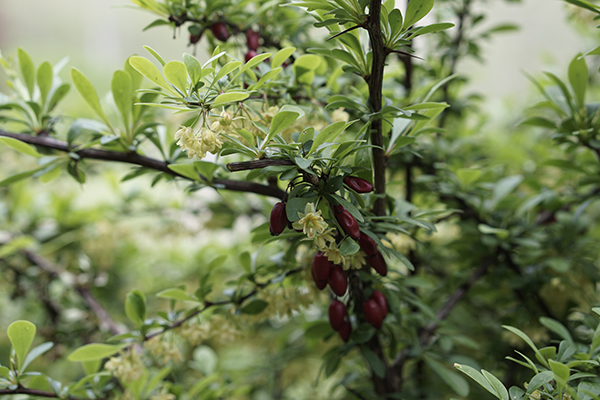
The red berries often remain through winter. The yellow flowers appear in spring.
Japanese Barberries also have the ability to change the pH of the soil.2 Their leaves…their leaf litter…breaks down quickly in the soil and raises the level of nitrogen.3 The change in soil further eliminates native plants…so, not only does the Japanese Barberry smother…it poisons!!
And if smothering and poisoning native plants isn’t bad enough, Japanese Barberry also harbors and helps propagate the spread of Lyme disease. Beneath their voluminous tendrils, they create their own micro-climates by “…buffering extreme temperature and humidity fluctuations…”4 Which ticks love. And Lyme disease sure does love ticks. Research done by the University of Connecticut found that areas where Japanese Barberry bushes grew rampant had 120 Lyme infected ticks per acre. In comparison, areas where there were no Japanese Barberry had only 10 Lyme infected ticks per acre.5
As most annoyingly evil things…the Japanese Barberry is highly resilient and hard to kill. It grows just about anywhere. From full sun to deep shade. To areas of heavy drought, to super soaked soils. And it spreads. Oh so quickly. It is easily dispersed by not only birds eating the berries and defecating them everywhere…it also continues to multiply through a process called “layering.”6 When its branches come in contact with the ground, roots will form and create another bush.
The cavernous, lyme infested depths of a Japanese Barberry bush…
Two smaller Japanese Barberry Bushes
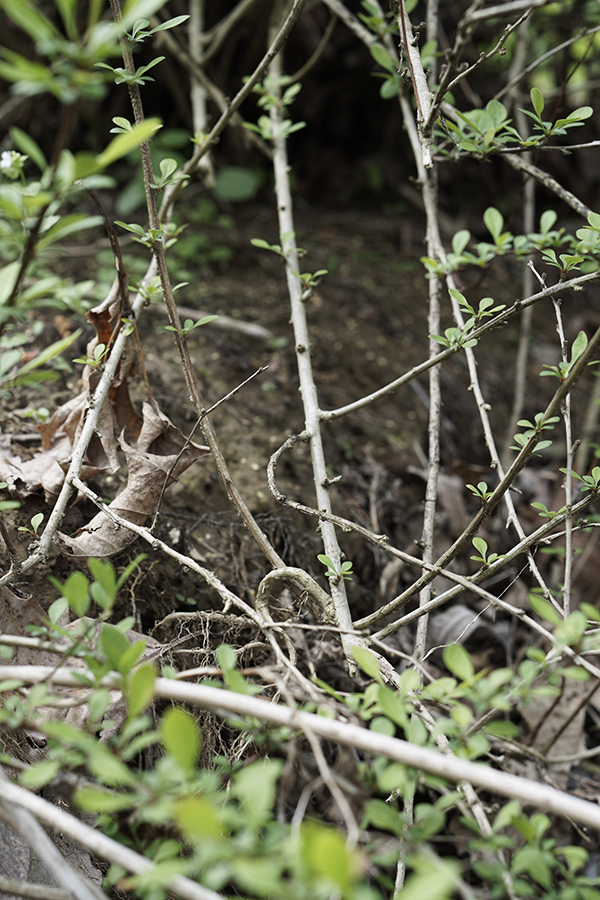
The photos above and below show an example of layering.
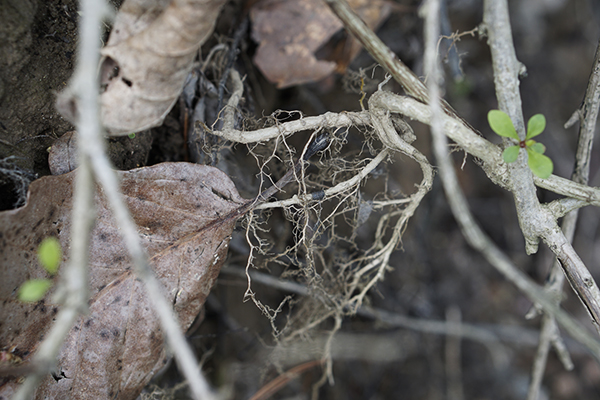
So, remember that multi-headed serpent thing Hercules tried to kill? Hydra? But everytime he cut off one of its heads, another multitude took its place? Oh, and it had toxic venom and gave off deadly vapors? That’s basically the Japanese Barberry bush.
Welp, a knowledgeable friend pointed out that we have some in the Land of the Laurels.
THE Japanese Barberry Bush in the Land of the Laurels.
Besides using chemicals…or burning it…the best way to remove the bush is by hand. You have to dig out the whole thing. But! Being bloody Hydra, you have to wear protective layering, because…apparently: “ the tips of barberry spines are finer than the point of a hypodermic needle and their silicate composition decomposes very slowly under the skin…”7
I spy with my lil’ eye…5 barberry hypodermic needles!
And, while the roots are shallow, if you don’t get the whole thing…the monster will return.
Soooooo…this is Nadiya and I..being Hercules…
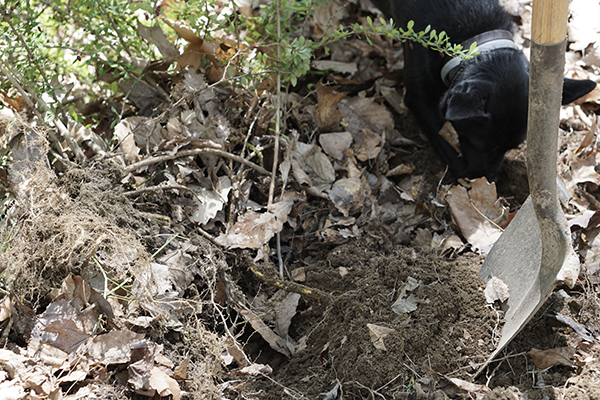
Nadiya digging her own hole, as I dug mine.
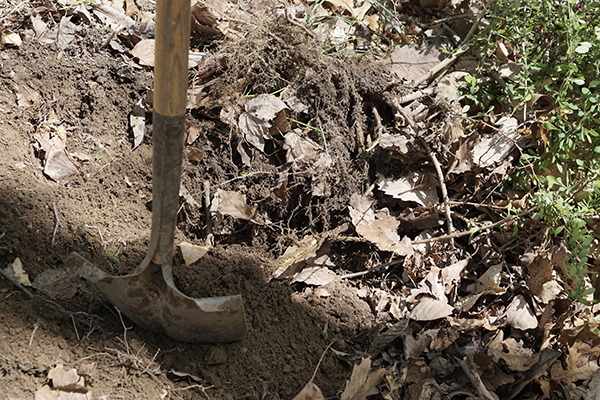
One invasive plant identified and (as of now..) removed from the Land of the Laurels! How many more are there to find?
As always, thanks for readin’!!
Shelby
P.S. As invasive as Japanese Barberry is, I have to admit that the honey bees do seem to love it…while walking past that giant Japanese Barberry bush just the other day (the very first picture of this blog) we noticed it was a-buzz with bees! Bumblebees, honey bees…other flying insects…it was like a swarm, and they were all just having a blast in those little yellow flowers. Nadiya tried to eat some of them… So, is the Japanese Barberry invasive? Yes. Does it pose a risk to the health of forest understories and forests at large? Yes. Do I know much about this plant beyond that fact? No. There is so much to learn about so many things, sometimes it makes me wonder what good we are really doing in our confident naivety. William likes to sum it up as “everything has its positives and negatives, we just need to discern between the two, and act on those discernments, as best we can.”
1. Gover, Art. David Jackson, Sarah Wurzbacher, and Skylure Templeteon. “Japanese Barberry,” PennState Extension, 24 Feb. 2020. https://extension.psu.edu/japanese-barberry. Accessed on 27 April 2021.
2. Gover, Art. David Jackson, Sarah Wurzbacher, and Skylure Templeteon. “Japanese Barberry,” PennState Extension.
3. Chatham, Margaret. “Getting Rid of Japanese Barberry: Why and How,” Virginia Native Plant Society, 23 Jan. 2016. https://vnps.org/getting-rid-of-japanese-barberry-why-and-how/. Accessed on 27 April 2021.
4. Gover, Art. David Jackson, Sarah Wurzbacher, and Skylure Templeteon. “Japanese Barberry,” PennState Extension.
5. Chatham, Margaret. “Getting Rid of Japanese Barberry: Why and How.” Virginia Native Plant Society.
6. Gover, Art. David Jackson, Sarah Wurzbacher, and Skylure Templeteon. “Japanese Barberry,” PennState Extension.
7. Gover, Art. David Jackson, Sarah Wurzbacher, and Skylure Templeteon. “Japanese Barberry,” PennState Extension.
2 Comments
Submit a Comment
© 2020 Sustaining Tree
© 2020 Sustaining Tree

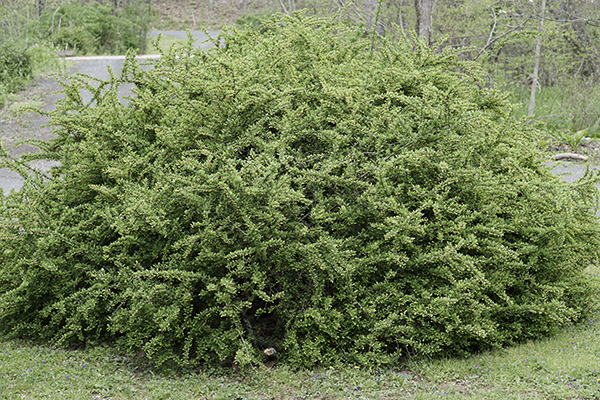
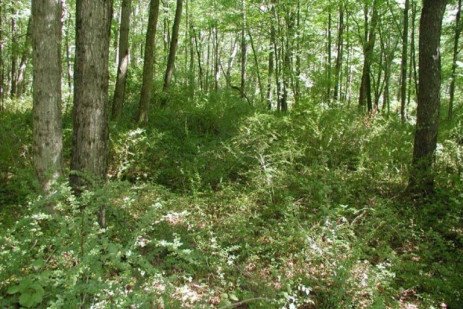
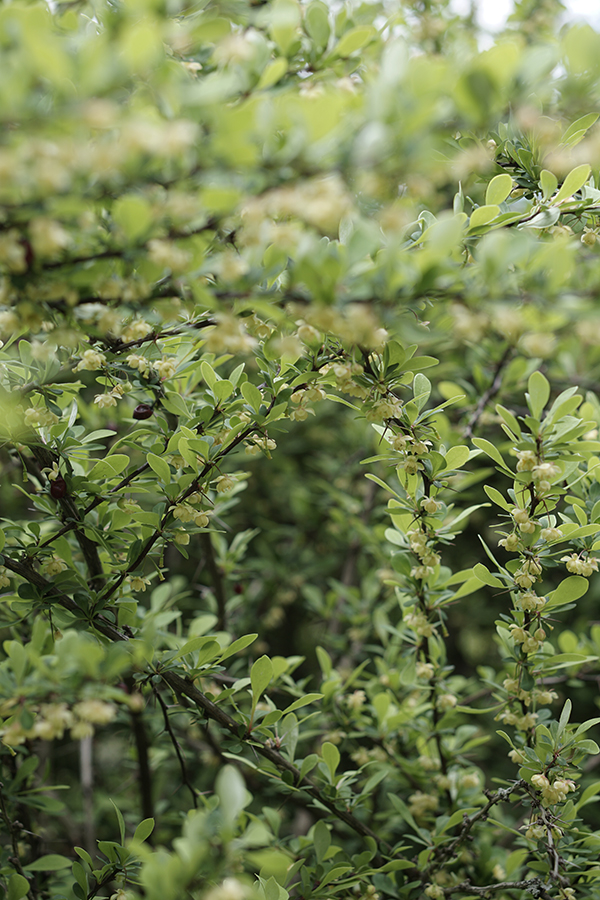
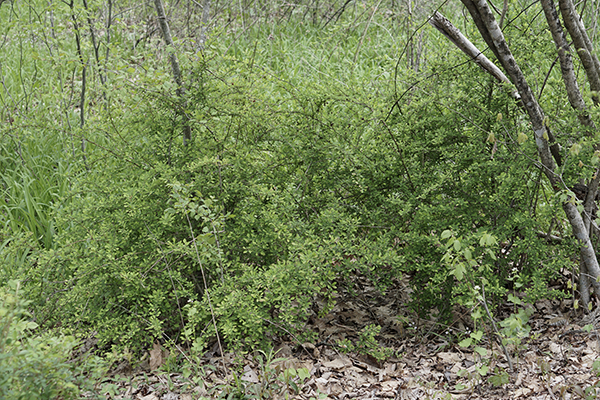
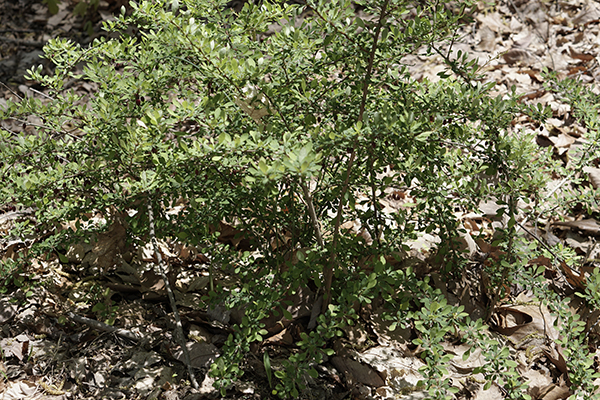
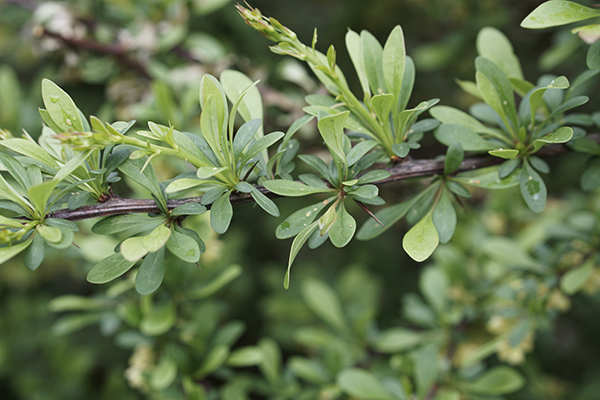
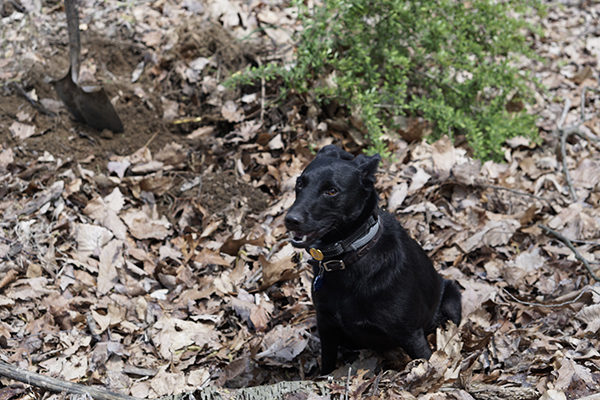
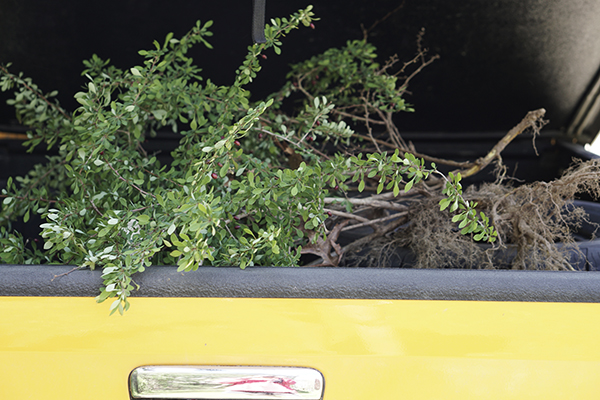
My neighbor has a small barberry bush in his backyard next to his house. We reminisced about the tv series “Barbary Coast” that is about a government agent fighting crime in the San Fransisco Casino district during the California Gold Rush of 1849. I’m not sure if my neighbor’s bush has any ticks but my daughter spotted a tick climbing up my shoulder while I happened to be talking with her on Facetime!
Hope the barberries and the ticks don’t spread, keep an eye on ’em!